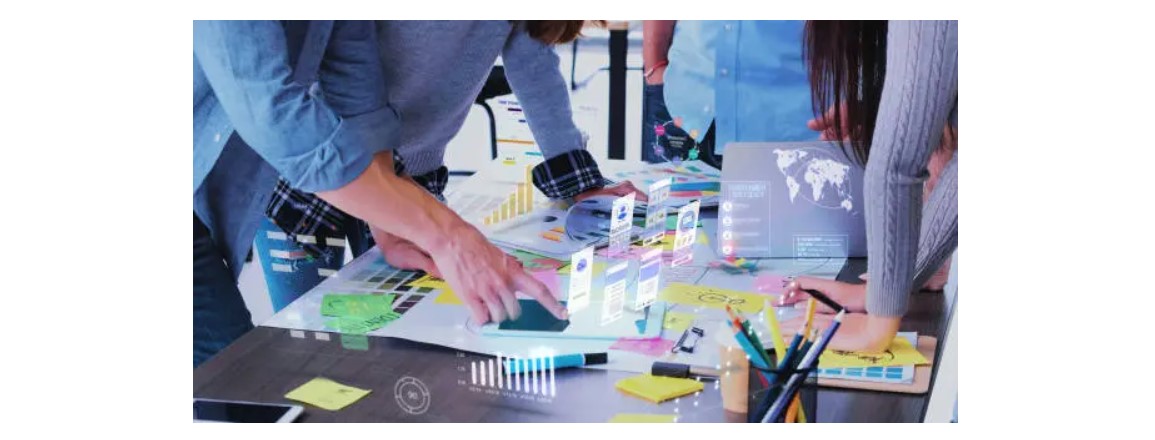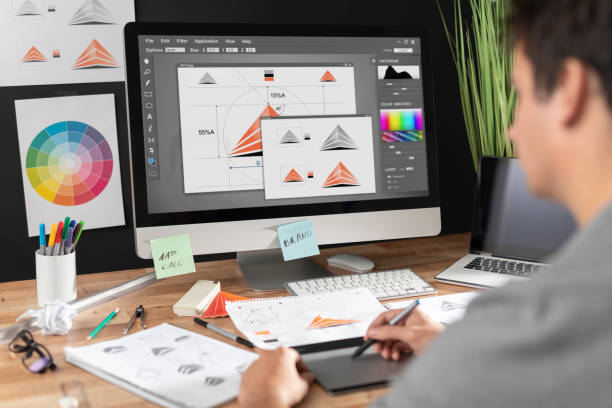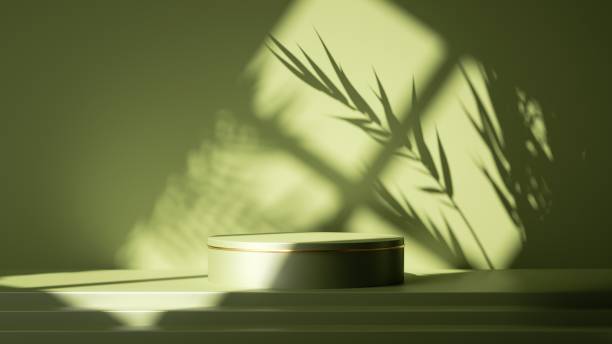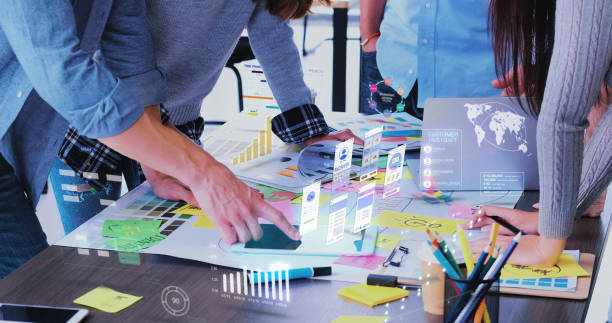
Well, brand design refers to the process of creating a visual identity for a brand.
Silk & Cake blog is here to showcase to everyone how brand design can be sustainable & innovative.
We would like to create with them the opportunity to show always looking further and beyond frames is a good idea, because even if you do not think you always can use your creativity to get further in a project.
Brand design involves designing elements such as
- logos,
- color schemes,
- typography, and
- imagery that represent the brand’s values and personality.

The goal to create a consistent and recognizable look and feel for the brand across all channels and touchpoints, including
- print and digital media,
- packaging,
- advertising, and
- marketing materials.
A well-designed brand can help
- to a company stand out in a crowded marketplace,
- position the brand effectively and create conversion funnels,
- build trust and loyalty with customers, and
- communicate its message effectively.
Sustainable brand design
Circular Economy
Sustainable brand design embraces a circular economy, minimizing waste, maximizing resource efficiency.
Ethical Supply Chains
Designers prioritize ethical and transparent supply chains, ensuring fair labor practices and environmental responsibility.
Minimalism and Functionality
Minimalist and functional design reduces waste and emphasizes quality, promoting mindful consumption.
Nature-Inspired Solutions
Drawing inspiration from nature, designers create innovative and sustainable solutions.
Consumer Engagement
Engaging and educating consumers empowers them to make environmentally conscious choices.
Collaboration and Standards
Collaboration and industry-wide standards drive innovation and systemic change.
Visual identity
Involves creating a visual identity that not only represents the brand’s values and personality, but also incorporates sustainable and environmentally conscious practices.
This can include using
- eco-friendly materials e.g.: sustainable packaging,
- minimizing waste in the design process,
- using renewable resources,
- promote the circular economy, and
- creating designs that are durable and long-lasting.

Innovative brand design
Involves
- pushing the boundaries of traditional design concepts and
- experimenting with new ideas and technologies to create a unique and impactful visual identity.
This can include
- incorporating interactive elements,
- using unconventional color schemes or typography, or
- incorporating emerging design trends.
Innovative brand design can be show in innovative ideas too, which cross-industry ideas or totally new ones, which was not applied previously or not in that new form.
Combining sustainability and innovation in design can result in
- visually compelling and socially responsible designs that resonate with consumers and
- promote a positive impact on the environment.

In addition to this, consumers are increasingly seeking out sustainable and socially responsible brands, making it a smart business decision to prioritize these values in brand design.
Disciplines
A broad field that encompasses various disciplines, including
- graphic,
- industrial,
- interior,
- fashion,
- web design, and more.
Not limited to just making things visually appealing.
It involves considering the
- user experience (UX),
- functionality, and
- the overall purpose of the design.
It aims to solve problems, communicate messages, and evoke emotions through thoughtful and intentional arrangements of elements.
Aspects
Visual Appeal
Design focuses on creating visually appealing compositions using elements such as color, typography, imagery, and layout. These elements are carefully chosen and arranged to achieve a desired aesthetic and to effectively communicate the intended message.
Functionality
Takes into account the usability and functionality of the end product. Whether it’s a website, a product, or a space, designers strive to make it user-friendly, efficient, and easy to navigate or use.
Problem Solving
Often driven by a problem or a need for improvement. Designers analyze challenges, gather information, and propose creative solutions that address those problems effectively. They consider factors such as user needs, technological constraints, and market demands to develop innovative solutions.
User Experience (UX)
focuses on enhancing the overall experience of users when interacting with a product or service. UX designers research user behaviors and preferences, conduct usability tests, and create intuitive and enjoyable experiences through wireframing, prototyping, and iterative design processes.
Branding and Communication
Design plays a crucial role in shaping a brand’s identity and effectively communicating its values and messages. Through branding, designers create visual identities that reflect a brand’s personality, establish recognition, and build trust with the target audience. Read more about brand design here.
Collaboration
Involves collab with clients, stakeholders, and other professionals.
Designers work closely with clients to understand their requirements, gather feedback, and refine the design accordingly. They may also collaborate with developers, engineers, marketers, and other team members to bring the design to life.
Planning
Planning and design are interconnected and integral to creating well-structured and organized outcomes in various fields. Creating greener and more sustainable cities needs structure and organization ahead as you can read here. Planning involves the process of setting goals, determining strategies, and outlining steps to achieve a specific objective. It lays the groundwork for the implementation of any project or idea.
Design, on the other hand, is the creative process of conceptualizing, shaping, and detailing the actual form and structure of a product, space, or system. It involves making decisions about aesthetics, functionality, and user experience.
Effective planning provides a roadmap and a clear vision for the design process. A well-thought-out plan helps designers understand the requirements, constraints, and objectives of the project, guiding them in creating solutions that align with the intended goals.
Design informs the planning process by providing practical insights into what is feasible and achievable.
It offers valuable input into the implementation of the plan, highlighting potential challenges and opportunities for improvement.

Whether it’s urban planning, architectural design, product development, or any other creative endeavor, a successful outcome relies on a harmonious integration of both planning and design.
By combining strategic thinking with imaginative creativity, planners and designers work together to bring ideas to life in a thoughtful, efficient, and impactful way. The collaboration between planning and design ensures that projects are not only well-conceived but also well-executed, leading to successful and meaningful results.
This initiative is part of the ‘Go green brand‘ idea and the Greenfrastructures project.